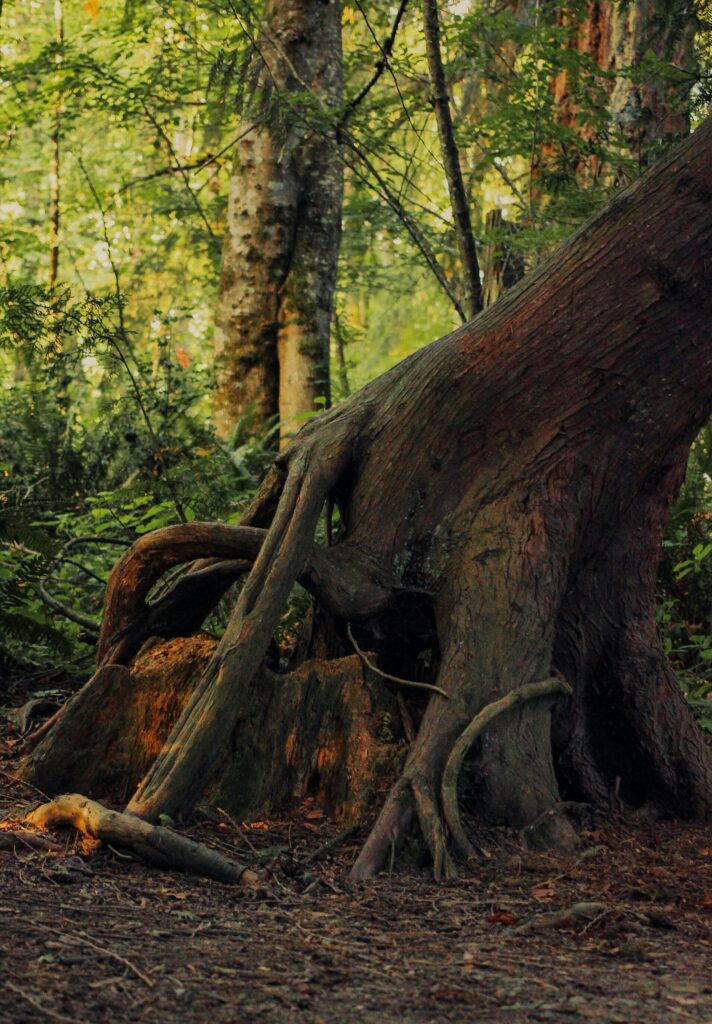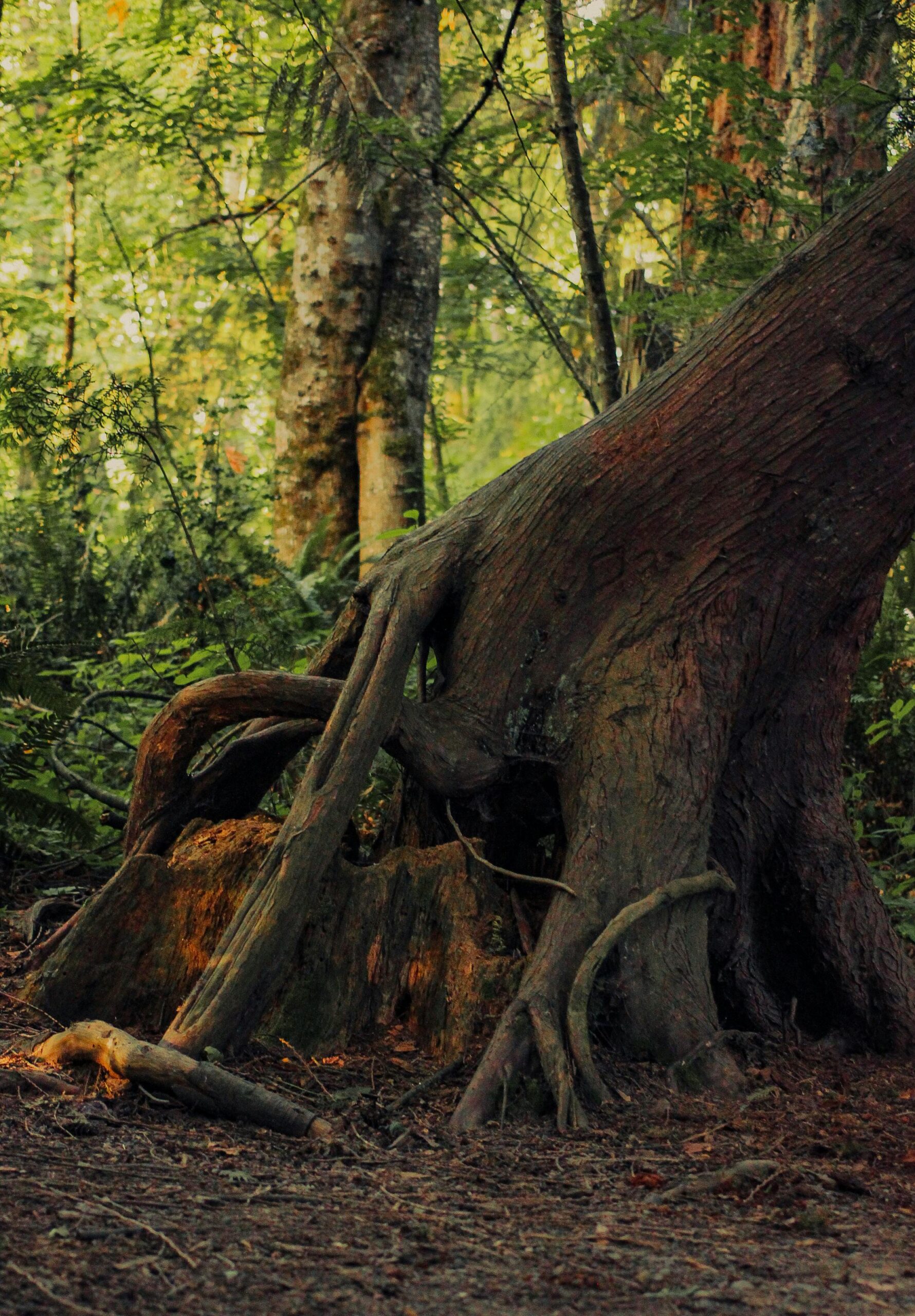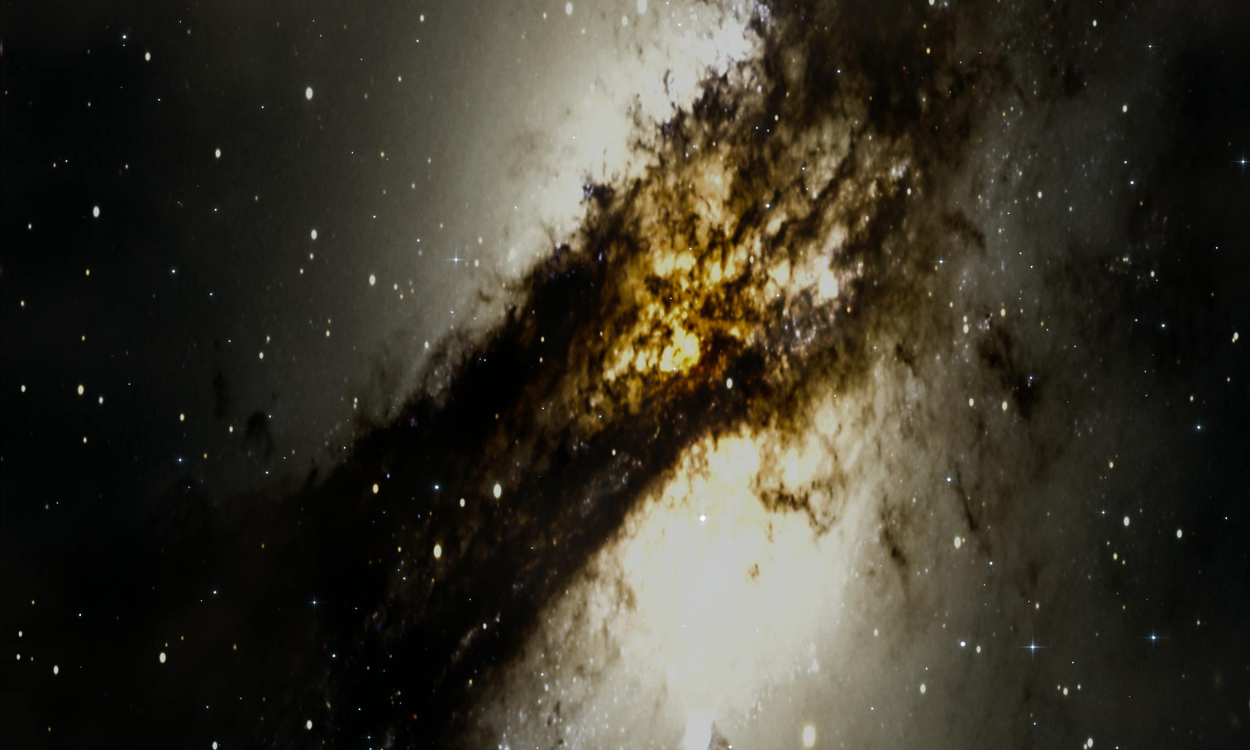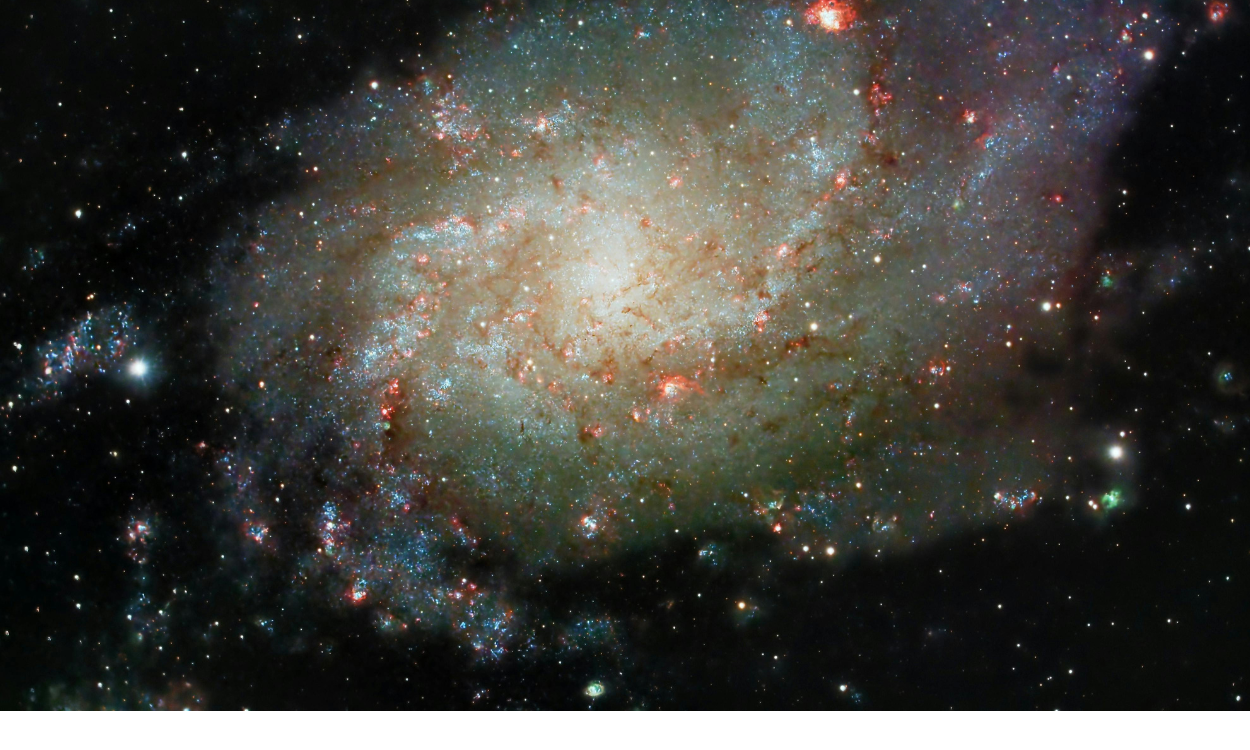The story of our planet and the life it sustains is one of the most remarkable journeys in the universe. To truly appreciate our existence, we must look back billions of years and trace the history of the origin of Earth and life: from cosmic dust to living beings. This narrative is not only about how Earth was formed but also about how life gradually emerged, adapted, and flourished. Scientists, philosophers, and explorers have long sought to understand these mysteries, and today, modern science provides us with fascinating insights into our origins.
Table of Contents

The Birth of Earth from Cosmic Dust
Around 4.6 billion years ago, our solar system was nothing more than a swirling cloud of gas and dust. Through a process called accretion, particles clumped together under the force of gravity, eventually forming the Sun and the surrounding planets. The history of the origin of Earth and life: from cosmic dust to living beings begins here, in this celestial nursery where dust grains transformed into solid bodies.
Earth itself started as a molten mass, bombarded by asteroids and comets. The immense heat from collisions and radioactive decay caused the young planet to glow. Over time, Earth began to cool, forming a crust and, eventually, oceans. These early conditions laid the foundation for life to one day emerge.
The Early Atmosphere and Oceans
The primitive Earth was a harsh environment. Its early atmosphere lacked oxygen and was filled with gases like methane, ammonia, and carbon dioxide. Volcanic eruptions released vast amounts of steam, which condensed to form oceans. These oceans became the cradle of life, where chemical reactions could occur in abundance.
When we examine the history of the origin of Earth and life: from cosmic dust to living beings, the role of oceans becomes central. They acted as vast laboratories, providing the medium where simple molecules interacted and gradually formed the building blocks of life.
The Origin of Life: From Chemistry to Biology
One of the greatest mysteries in science is how non-living matter gave rise to living organisms. Experiments like the famous Miller-Urey experiment in the 1950s showed that simple organic molecules could form under early Earth-like conditions. This suggested that life might have arisen through natural chemical processes.
In the history of the origin of Earth and life: from cosmic dust to living beings, this phase marks the transition from simple chemistry to complex biology. Small organic molecules eventually combined to form amino acids, nucleotides, and lipids—the essential components of proteins, DNA, and cell membranes. Over millions of years, these components organized themselves into the first primitive cells.
The First Living Beings
The earliest evidence of life dates back around 3.5 to 3.8 billion years ago, in the form of microbial fossils and stromatolites. These microscopic organisms were simple, single-celled beings known as prokaryotes. They thrived in Earth’s oceans, relying on chemical reactions for energy.
At this point in the history of the origin of Earth and life: from cosmic dust to living beings, life was still fragile and primitive. Yet these microbes laid the groundwork for future diversity. Over time, some developed photosynthesis, a process that used sunlight to produce energy and released oxygen as a byproduct. This changed Earth’s atmosphere forever.
The Great Oxidation Event
Roughly 2.4 billion years ago, oxygen began to accumulate in the atmosphere during what is called the Great Oxidation Event. This was a turning point in the history of the origin of Earth and life: from cosmic dust to living beings. Oxygen was toxic to many early microbes, leading to mass extinctions. However, it also paved the way for more complex organisms that could use oxygen to generate energy more efficiently.
This event transformed Earth, making it habitable for new life forms and setting the stage for evolutionary leaps.
The Rise of Complex Life
For nearly two billion years, life remained microscopic. Then, about 600 million years ago, multicellular organisms appeared. The Cambrian Explosion, around 541 million years ago, saw an incredible burst of biodiversity, with animals developing complex body structures, shells, and skeletons.
In the history of the origin of Earth and life: from cosmic dust to living beings, this era represents a giant step. Life went from being tiny and hidden to diverse and visible. Plants colonized land, followed by insects, reptiles, and mammals. Evolutionary adaptations allowed species to thrive in different environments, and ecosystems grew more complex.
The Age of Dinosaurs and Mammals
Dinosaurs dominated the Earth for millions of years, showcasing nature’s ability to create powerful, diverse creatures. Yet around 66 million years ago, a massive asteroid impact caused their extinction. This catastrophic event, while devastating, opened opportunities for mammals to evolve and flourish.
The emergence of mammals, including primates, is a crucial part of the history of the origin of Earth and life: from cosmic dust to living beings. From small, nocturnal animals, mammals diversified into countless species, eventually giving rise to humans.
The Dawn of Humanity
Humans are the latest chapter in the history of the origin of Earth and life: from cosmic dust to living beings. Around 2.5 million years ago, early hominins began using tools, developing language, and forming societies. Our species, Homo sapiens, emerged about 300,000 years ago and has since spread across the globe.
Through intelligence, creativity, and adaptability, humans have transformed the Earth. We are now able to look back and study the cosmic and biological history that made our existence possible.
Lessons from the Journey
Understanding the history of the origin of Earth and life: from cosmic dust to living beings is not just about curiosity—it teaches us profound lessons. It reminds us of our fragile beginnings, the interconnectedness of all life, and the importance of protecting our planet. The same cosmic dust that formed the Earth also formed us; we are literally stardust given consciousness.
Conclusion
From the swirling dust of the cosmos to the vibrant web of life on Earth, the journey has been long and extraordinary. The history of the origin of Earth and life: from cosmic dust to living beings is a testament to the power of natural processes, chance, and adaptation. It highlights how every stage—from the formation of molecules to the rise of humanity—was shaped by time, environment, and evolution.
As we continue to explore the universe, we may one day discover that our story is not unique. But for now, the Earth remains our only home, and its history is a treasure we must cherish and protect.





